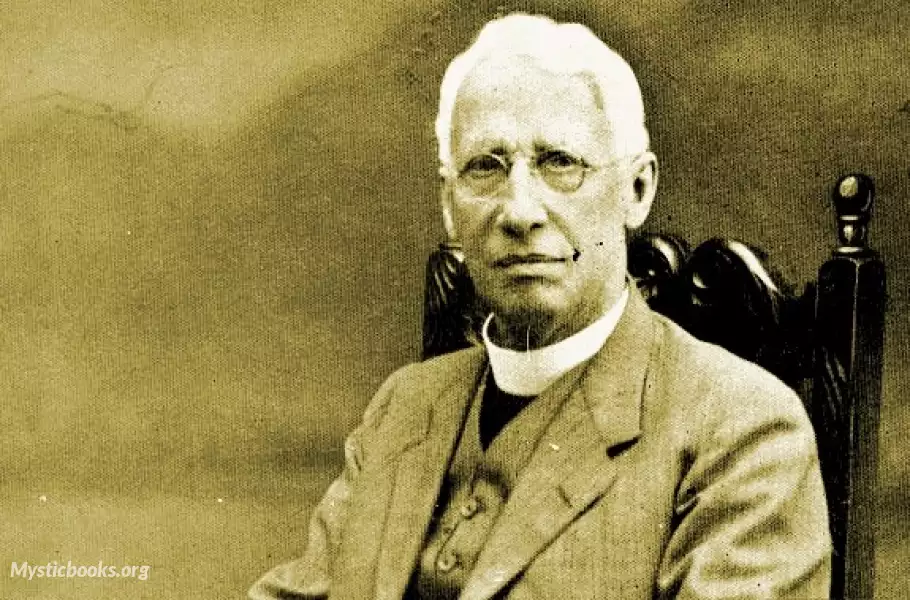
Timeline
Title
Country/Nationality
G. Campbell Morgan
Reverend Doctor George Campbell Morgan was a British evangelist, preacher, a leading Bible teacher, and a prolific author.
A contemporary of Rodney "Gipsy" Smith, Morgan preached his first sermon at age 13. He was the pastor of Westminster Chapel in London from 1904 to 1919, pausing for 14 years to teach at Biola in Los Angeles, and returning to the Chapel from 1933 to 1943 when he handed over the pastorate to the renowned Martyn Lloyd-Jones, after having shared it with him and mentored him for some years previous. From 1911-1914 he was the president of Cheshunt College, Cambridge.
Morgan was born on a farm in Tetbury, England, the son of Welshman George Morgan and Elizabeth Fawn Brittan. His father was a member of the strict Plymouth Brethren but resigned and became a Baptist minister. He was very sickly as a child, could not attend school, and so was tutored at home.
When Campbell was 10 years old, D. L. Moody came to England for the first time. His ministry, combined with the dedication of his parents, made such an impression on young Morgan that at the age of 13 he preached his first sermon. Two years later he was preaching regularly in country chapels during his Sundays and holidays.
By 1883 he was teaching in Birmingham. However, in 1886, at the age of 23, he left the teaching profession and devoted himself to preaching and Bible exposition. He was ordained to the Congregational ministry in 1890. He had no formal training for the ministry, but his devotion to studying the Bible made him one of the leading Bible teachers of his day. His reputation as preacher and Bible expositor grew throughout Britain and spread to the United States.
In 1896 Moody invited him to lecture to the students at the Moody Bible Institute. This was the first of 54 visits to America to preach and teach. After the death of Moody in 1899 Morgan assumed the position of director of the Northfield Bible Conference. He was given a Doctor of Divinity degree by the Chicago Theological Seminary in 1902. After five successful years in this capacity, he returned to England in 1904 and became pastor of Westminster Chapel in London. During two years of this ministry he was President of Cheshunt College in Cambridge. His preaching and weekly Friday night Bible classes were attended by thousands. In 1910 Morgan contributed an essay entitled The Purposes of the Incarnation to the first volume of The Fundamentals, 90 essays which are widely considered to be the foundation of the modern Fundamentalist movement.
Leaving Westminster Chapel in 1919, he once again returned to the United States, where he conducted an itinerant preaching and teaching ministry for 14 years. He returned to England in 1933, where he again became pastor of Westminster Chapel and remained there until his retirement in 1943. He was instrumental in bringing Martyn Lloyd-Jones to Westminster in 1939 to share the pulpit and become his successor. Morgan was a friend of F. B. Meyer, Charles Spurgeon, and many other great preachers of his day.
Morgan died on 16 May 1945, at the age of 81.
Books by G. Campbell Morgan
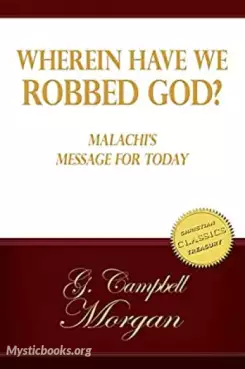
Wherein?
These studies in the book of Malachi were delivered as addresses to the students at Mr. Moody’s Bible School in Chicago, and then to my own congregation. They have also appeared in “The Record of Christian Work” in the United States, and in “Out and...
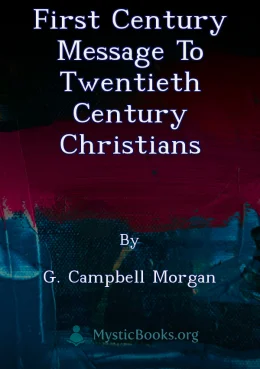
First Century Message to Twentieth Century Christians
In "First Century Message to Twentieth Century Christians," renowned preacher and teacher G. Campbell Morgan examines the letters to the seven churches of Asia found in the book of Revelation. Through insightful sermons, Morgan reveals how the challe...
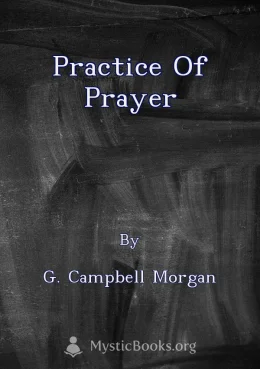
Practice of Prayer
In 'Practice of Prayer,' G. Campbell Morgan explores the nature and practice of prayer from a Christian perspective. The book delves into the theological foundations of prayer, emphasizing the role of Jesus Christ as the mediator between God and huma...
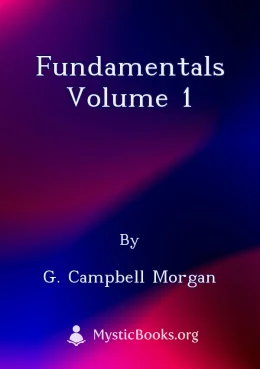
Fundamentals Volume 1
'The Fundamentals' is a collection of ninety essays published between 1910 and 1915. Written by sixty-four different authors, it aims to reassert core Christian beliefs in response to emerging theological interpretations within liberal Christianity....